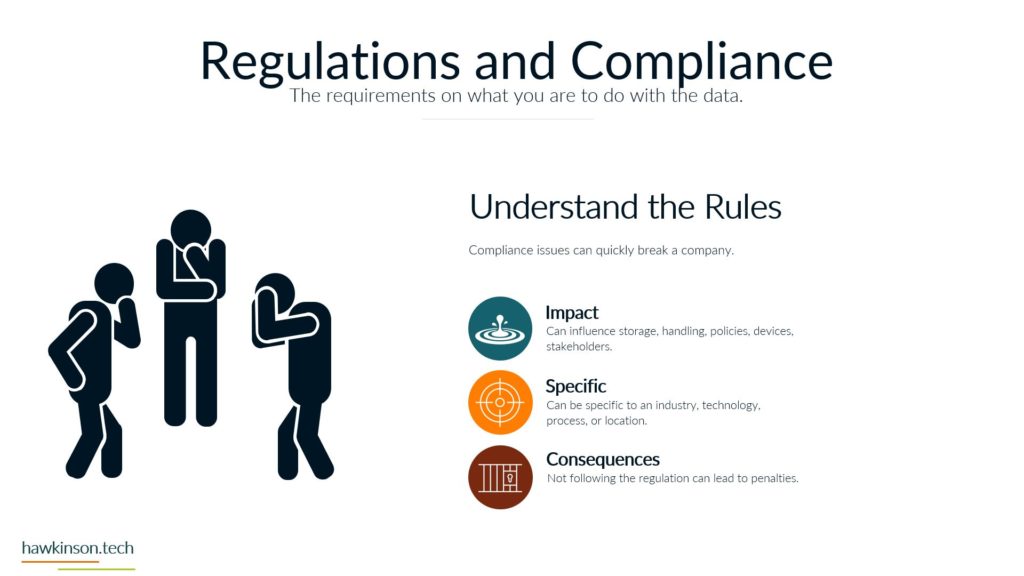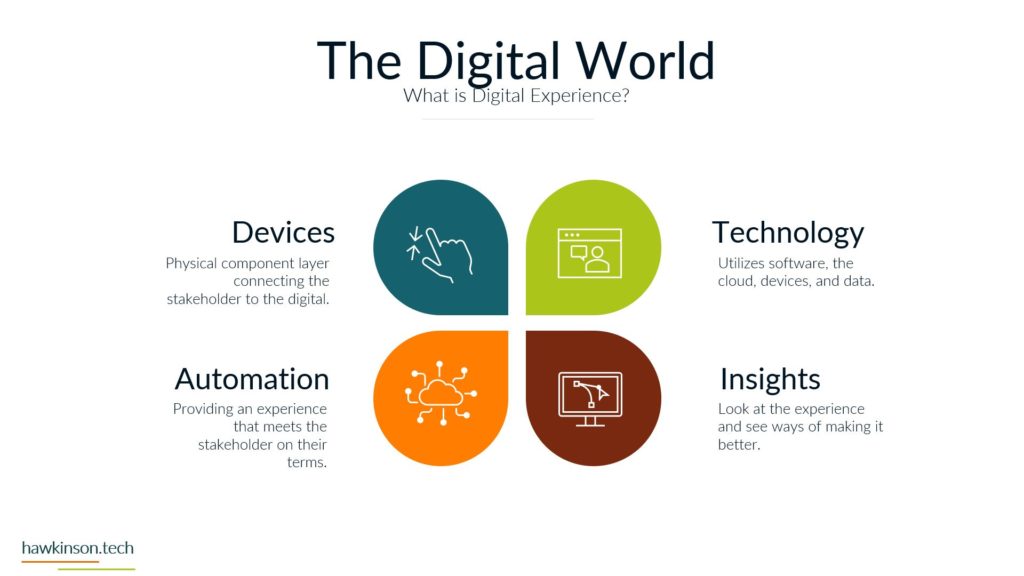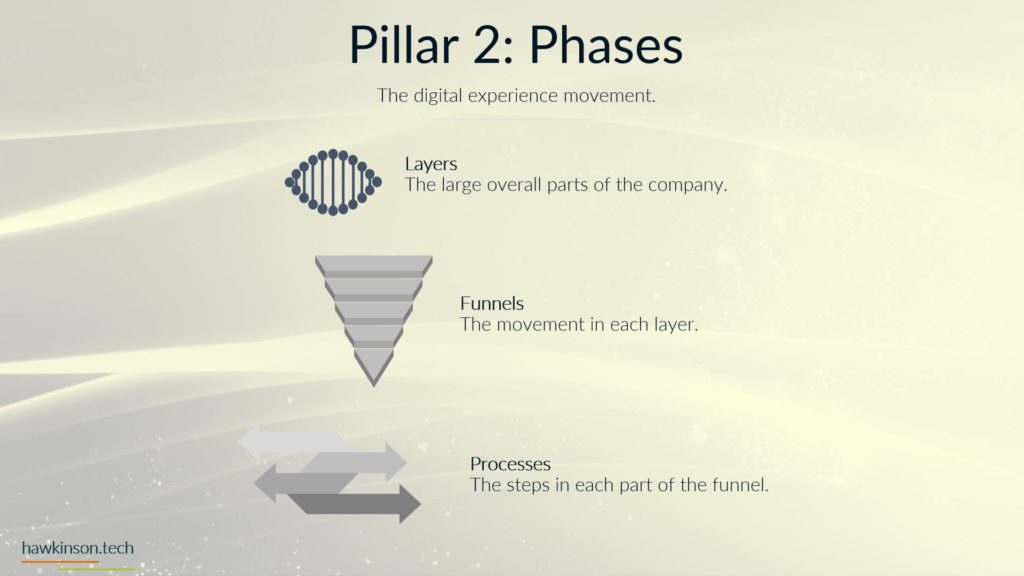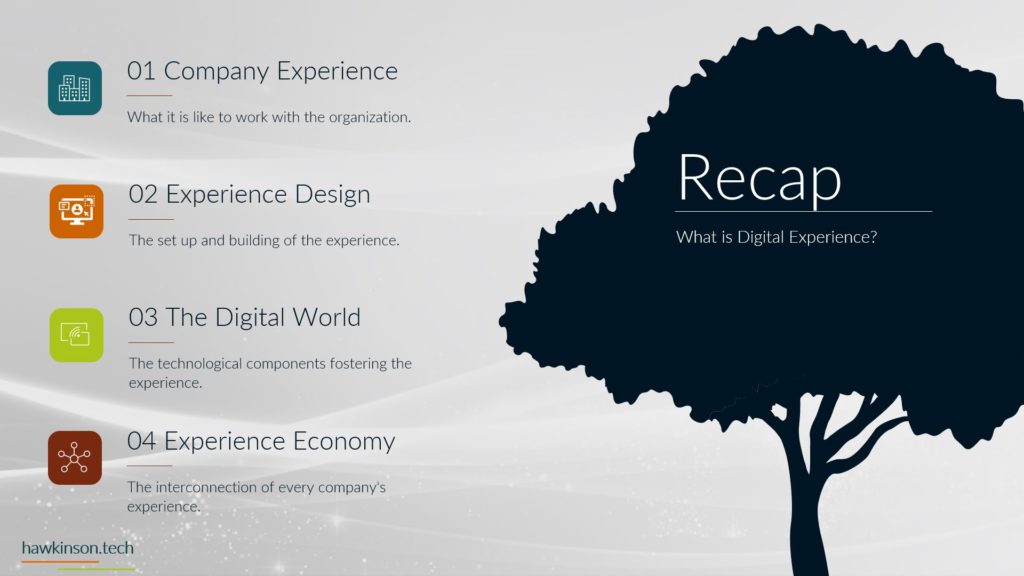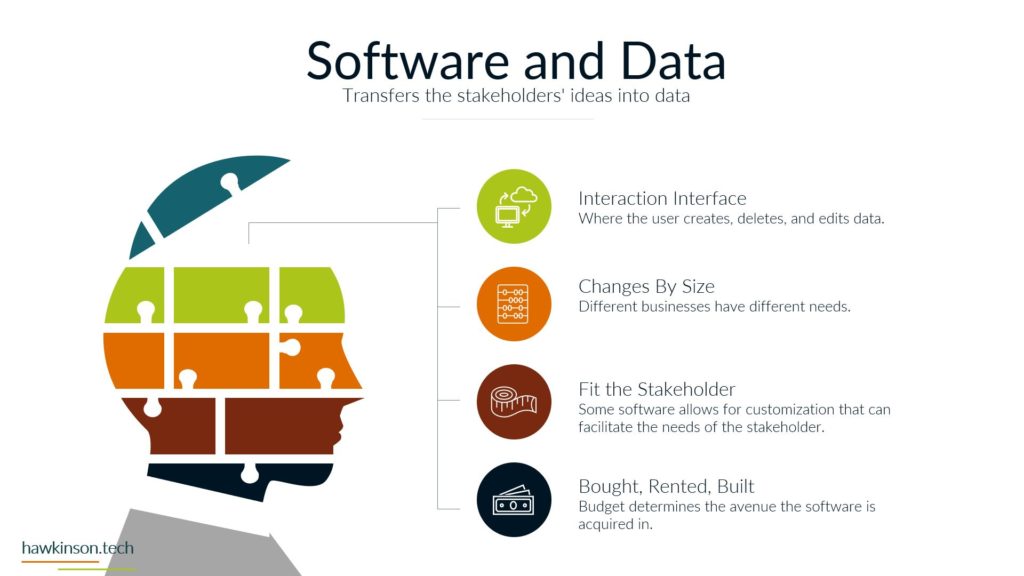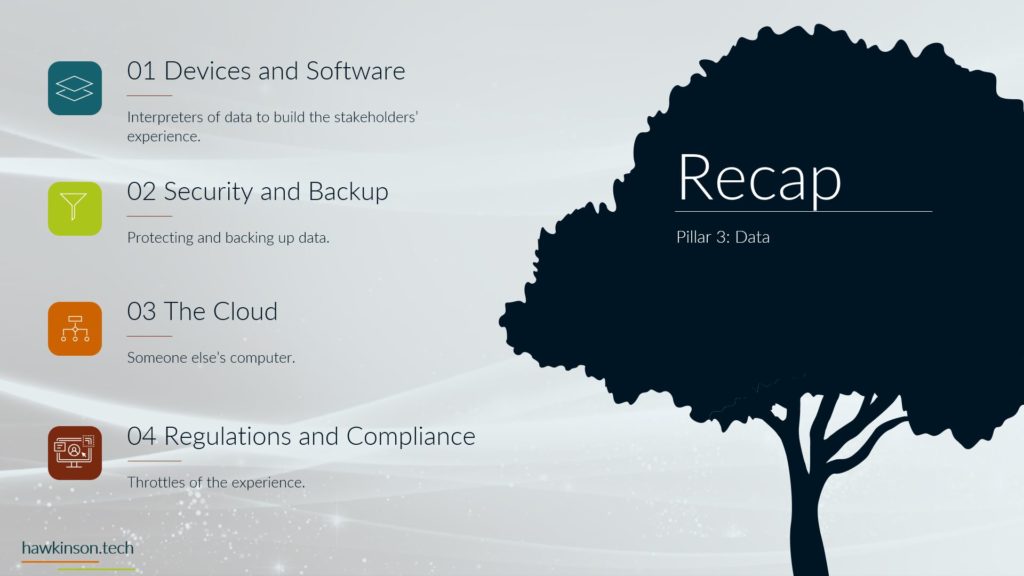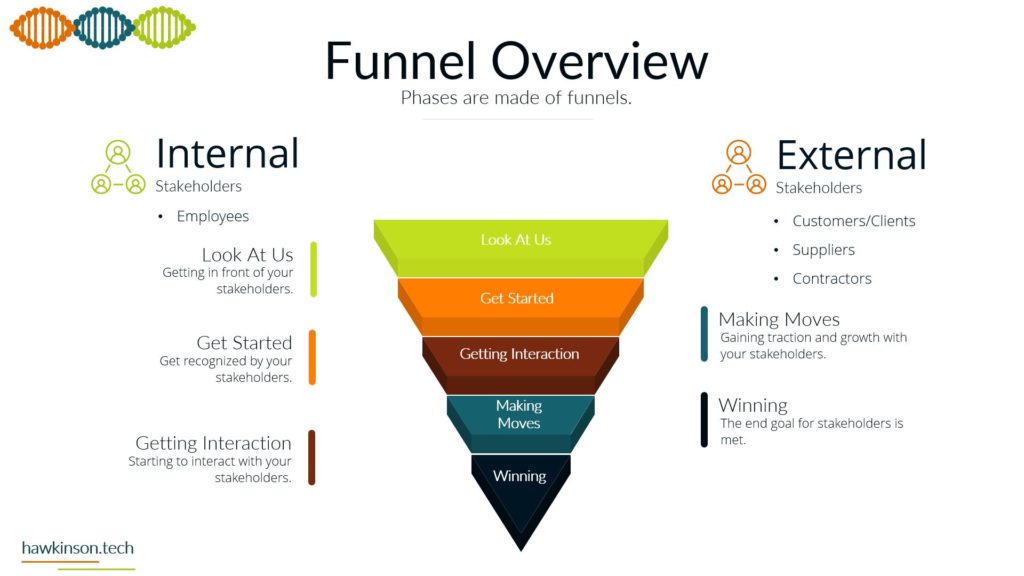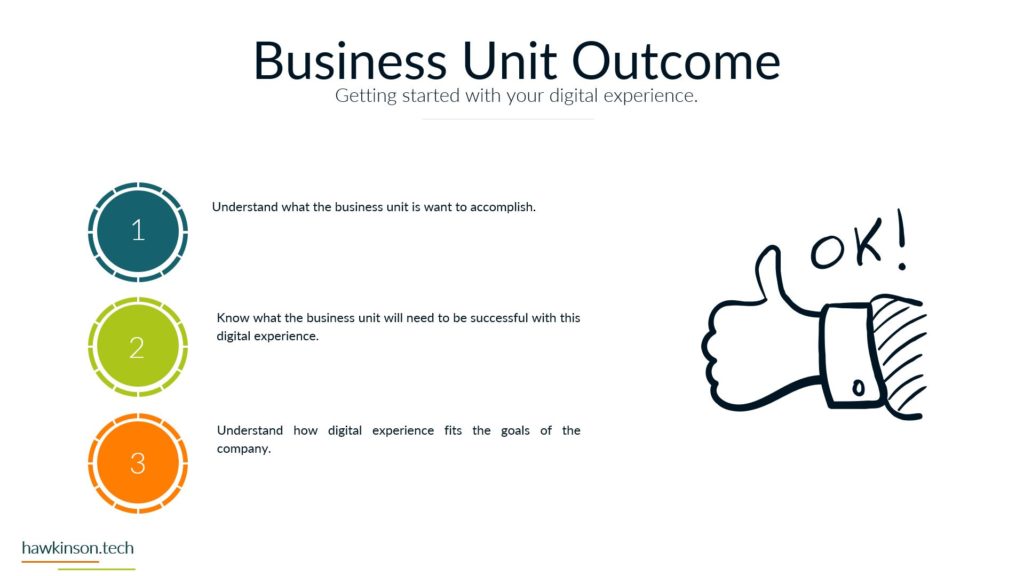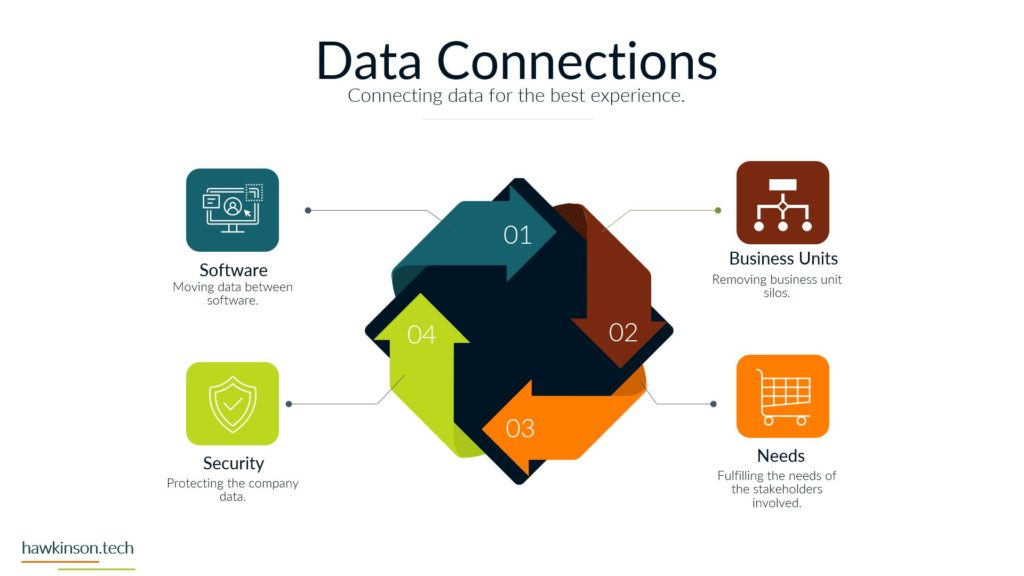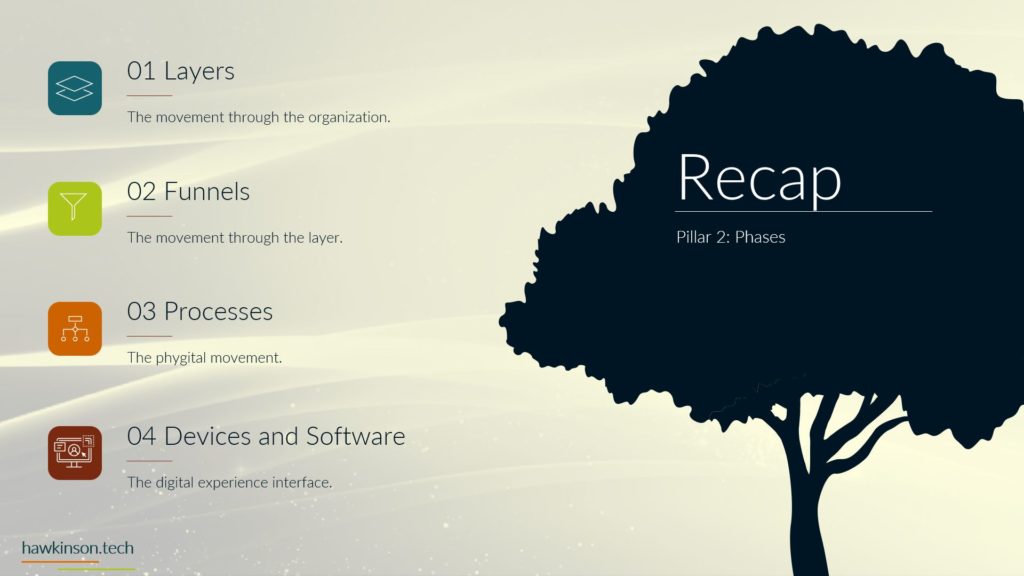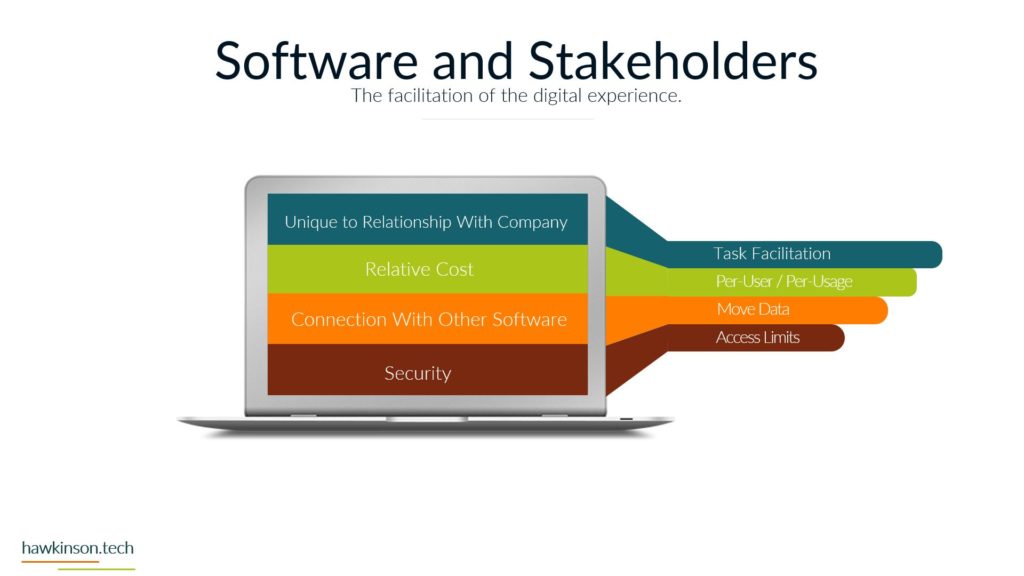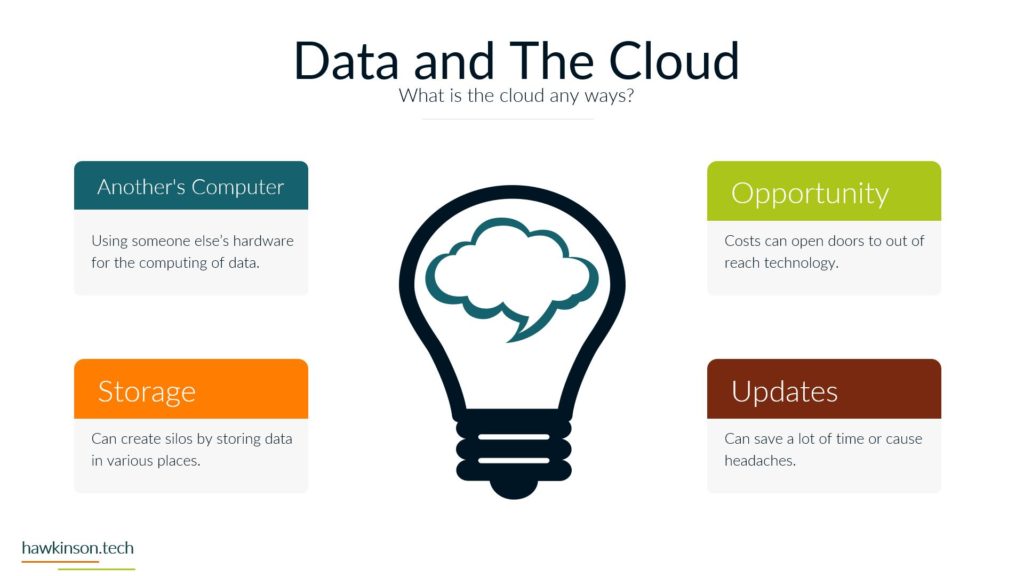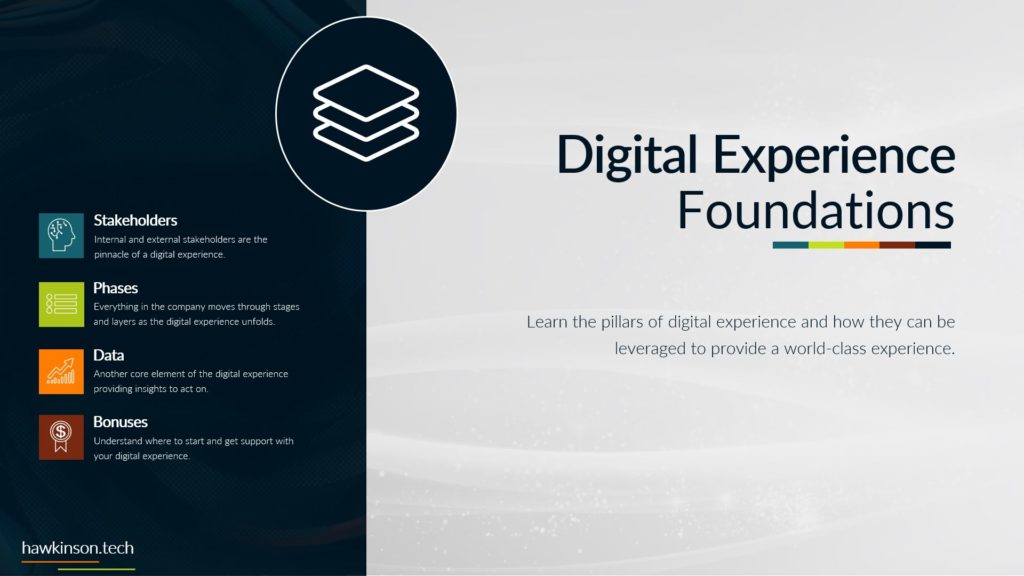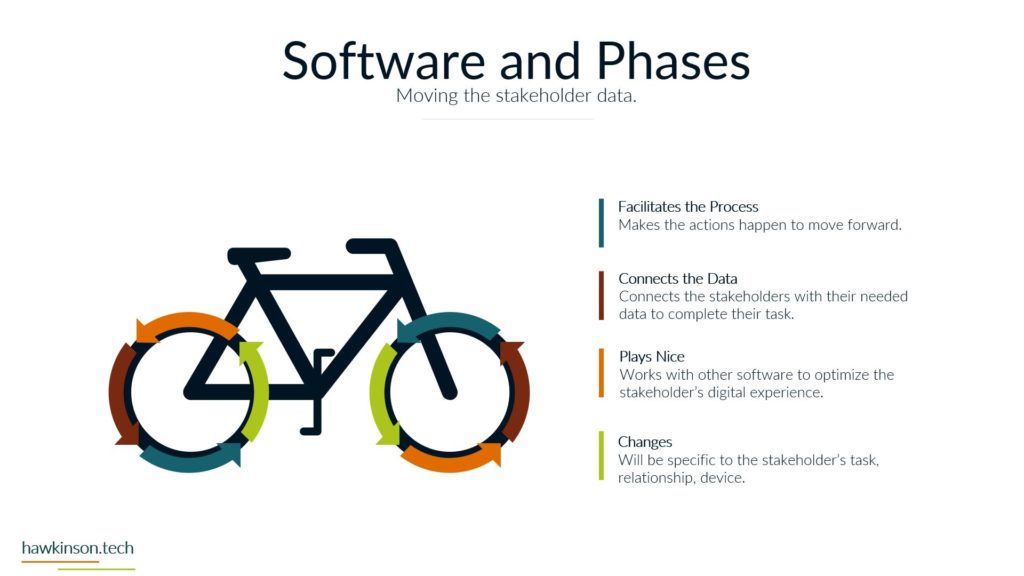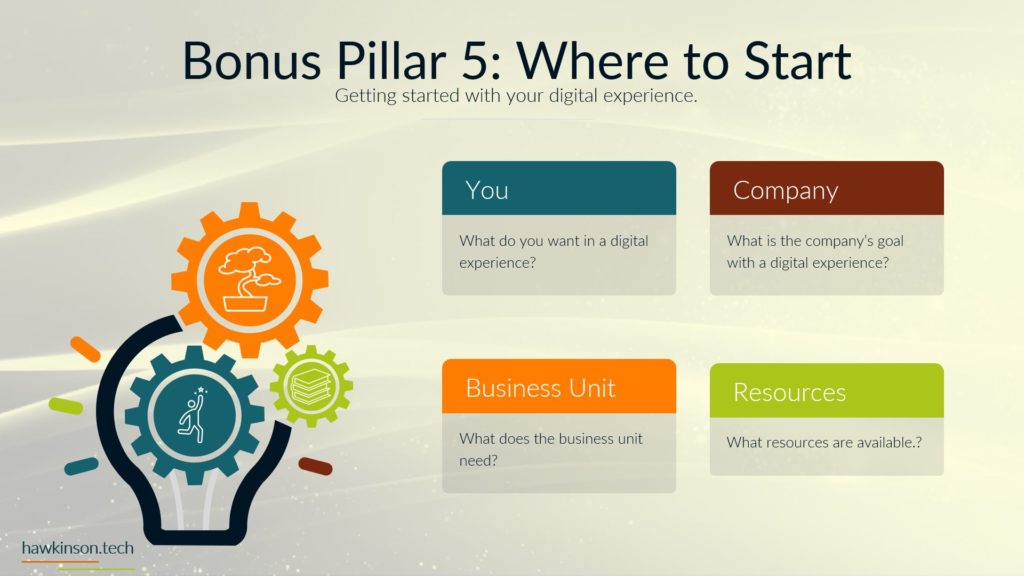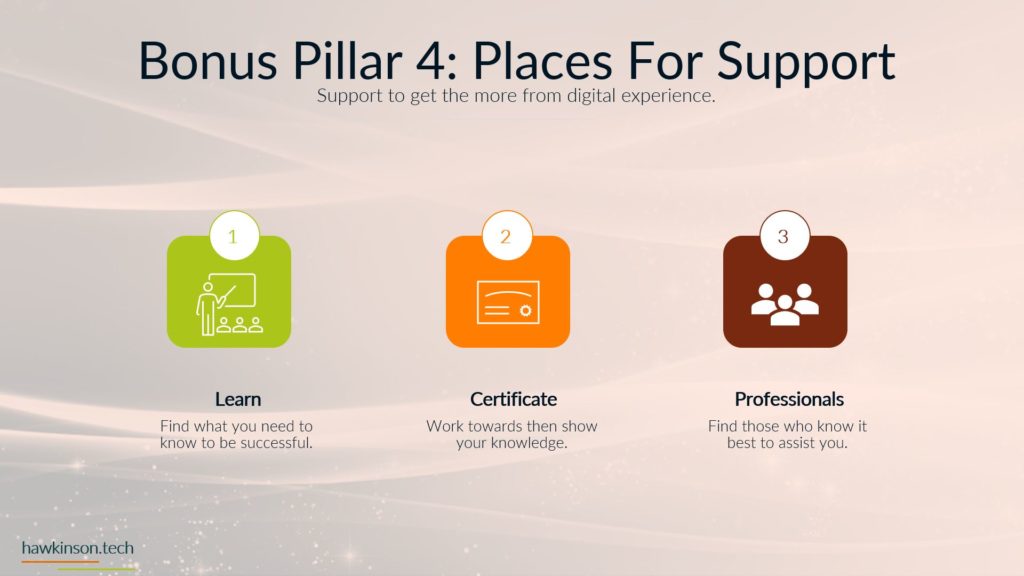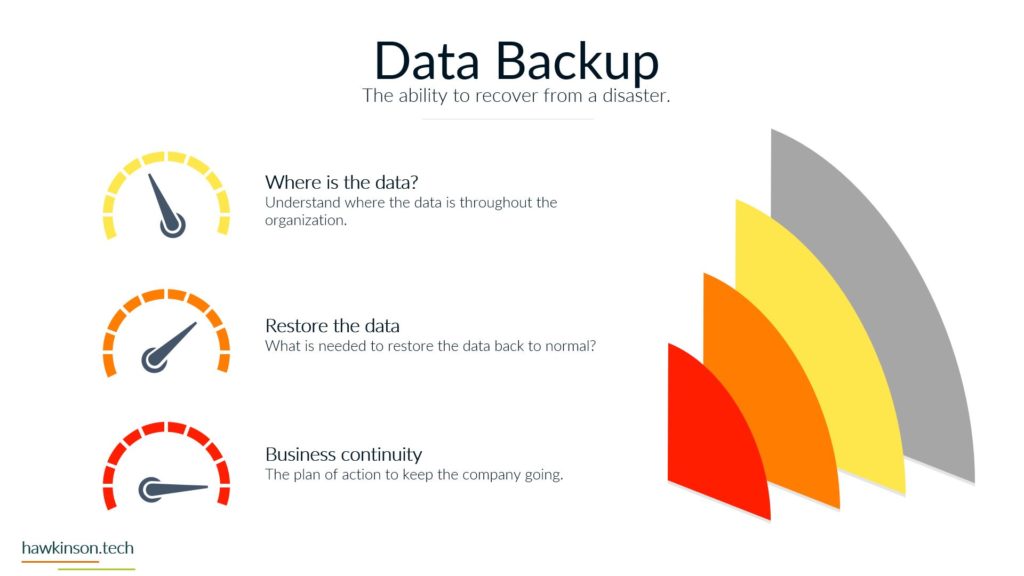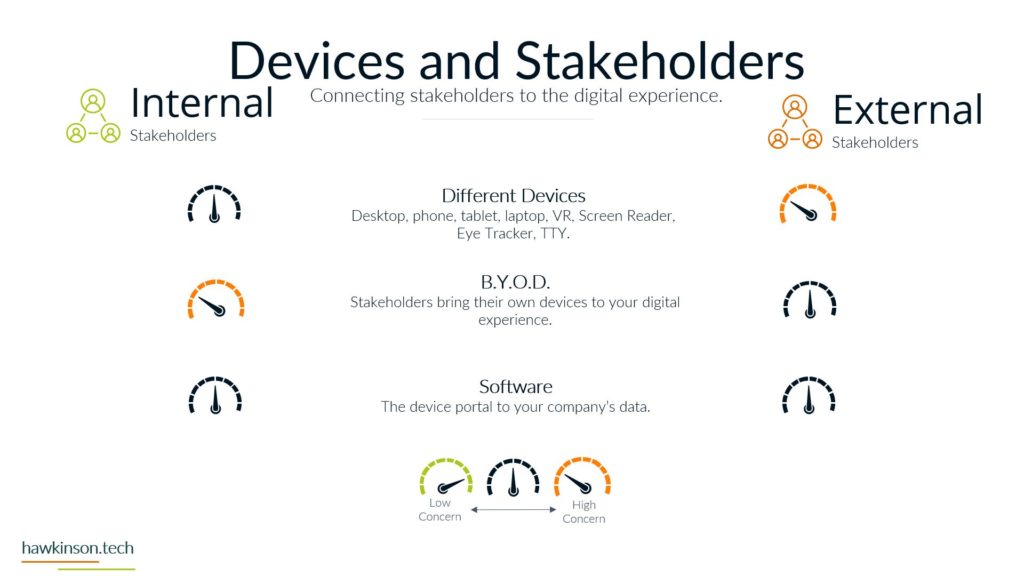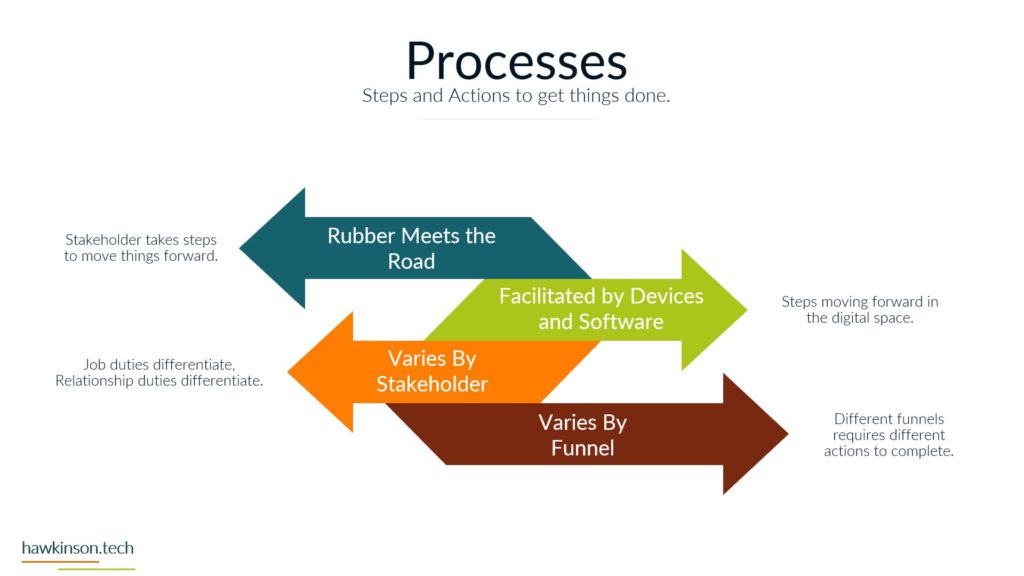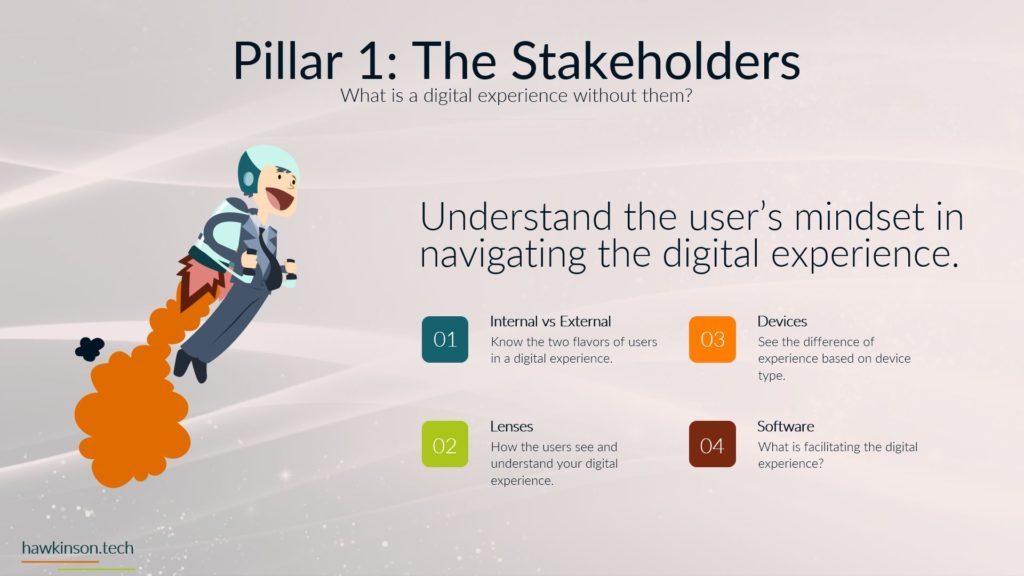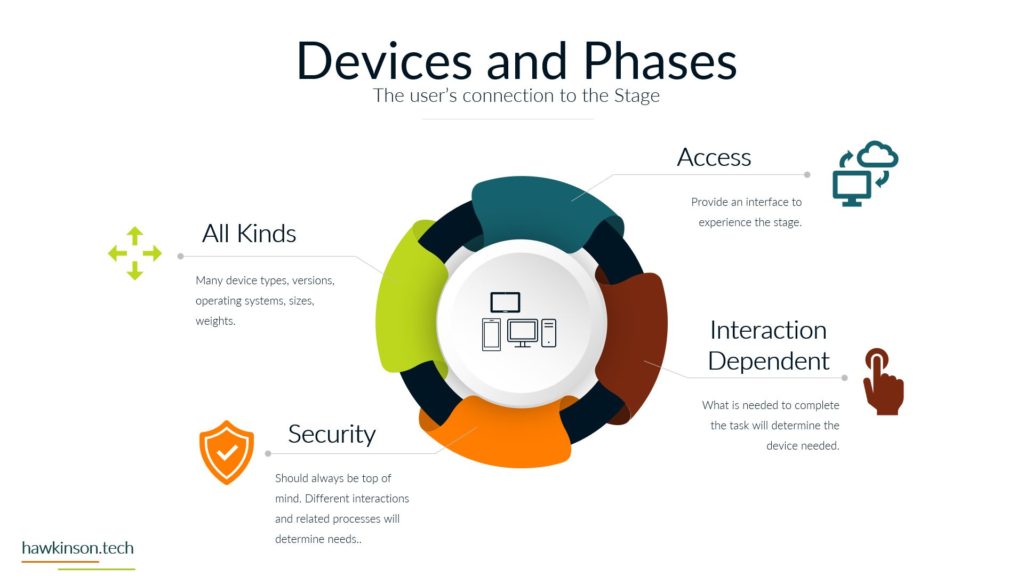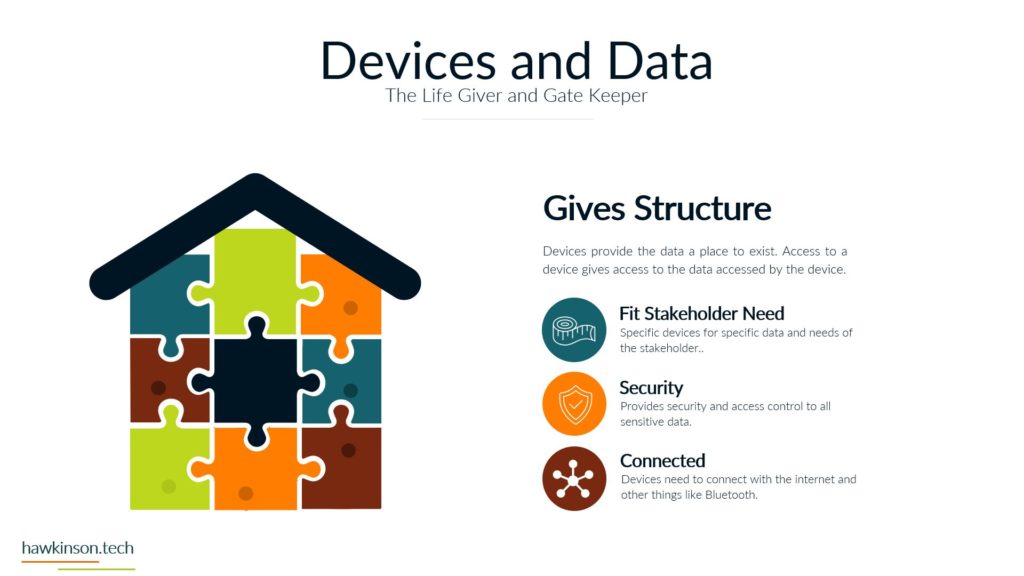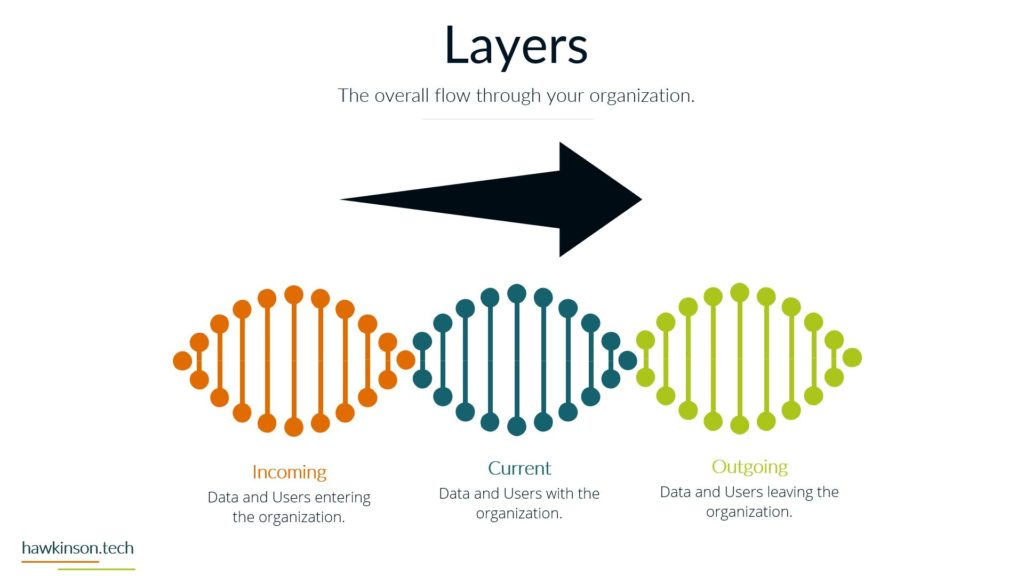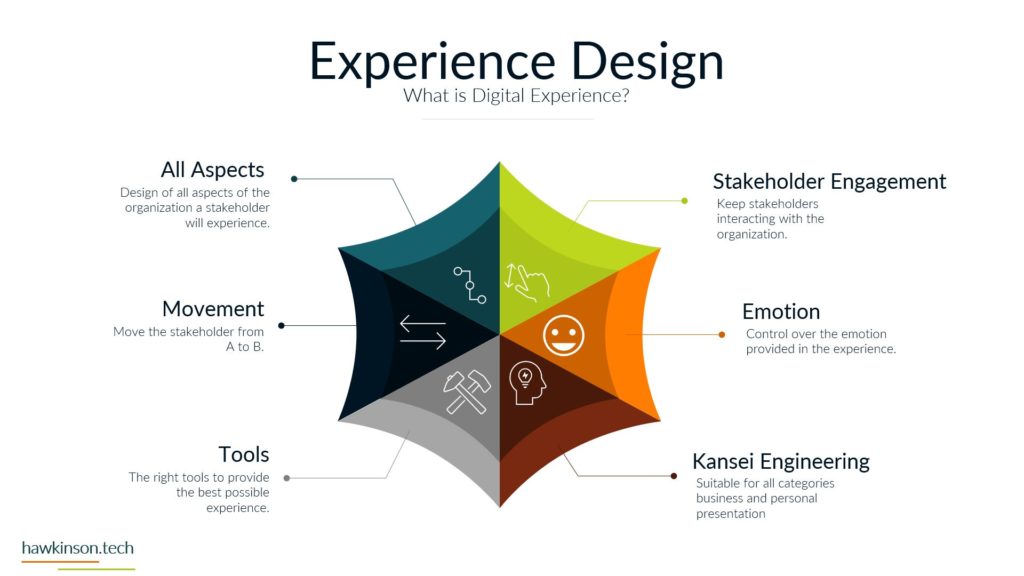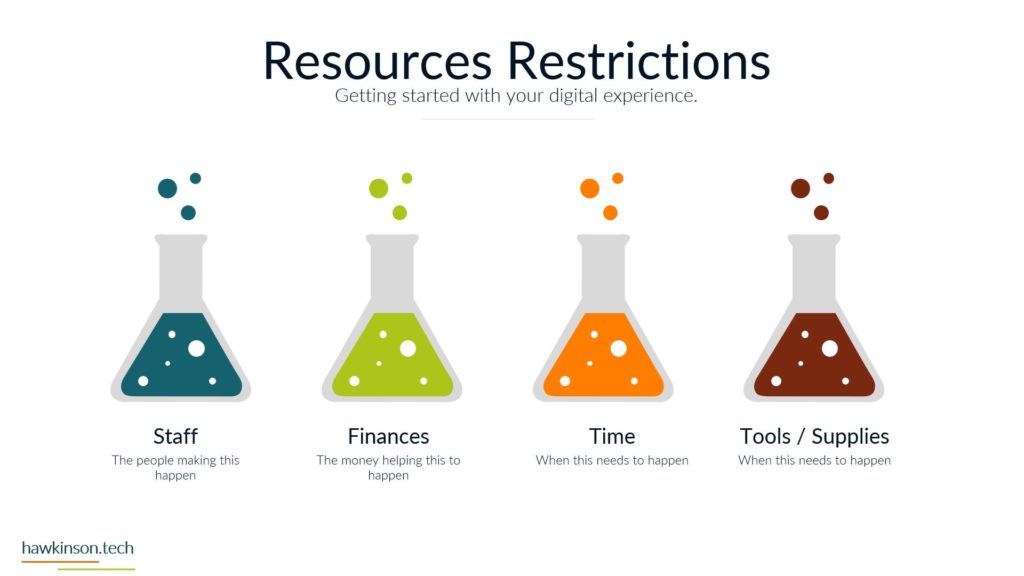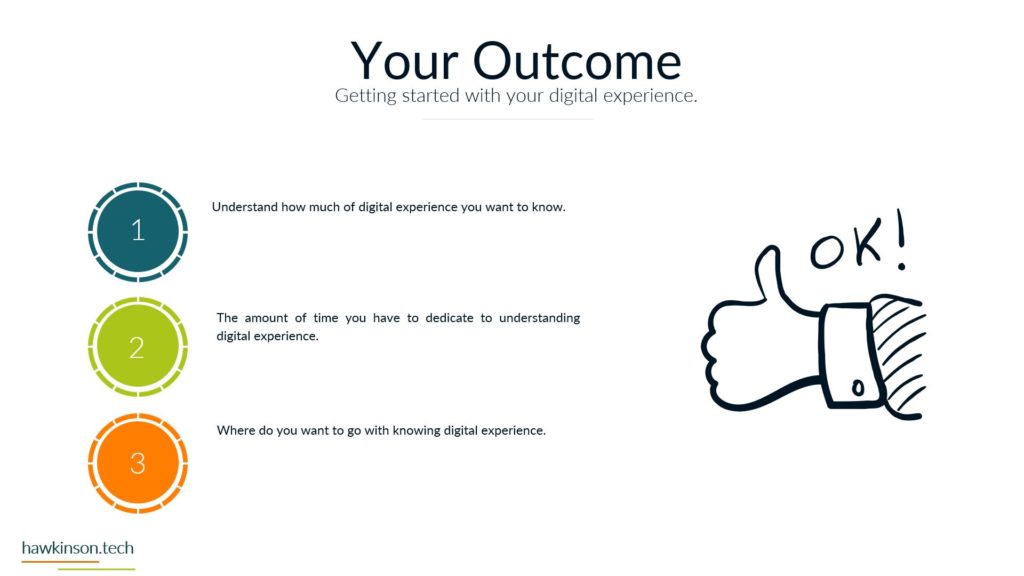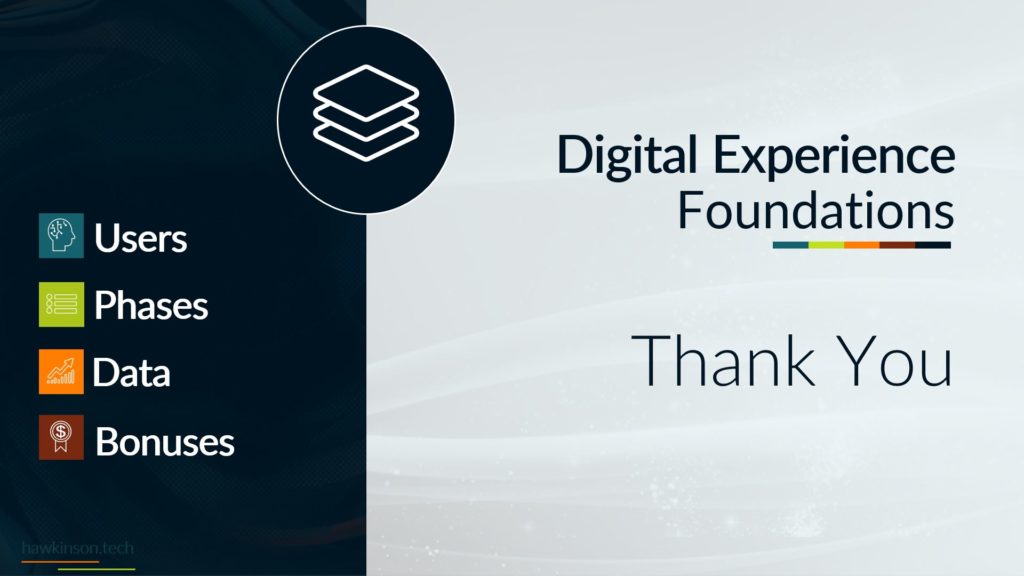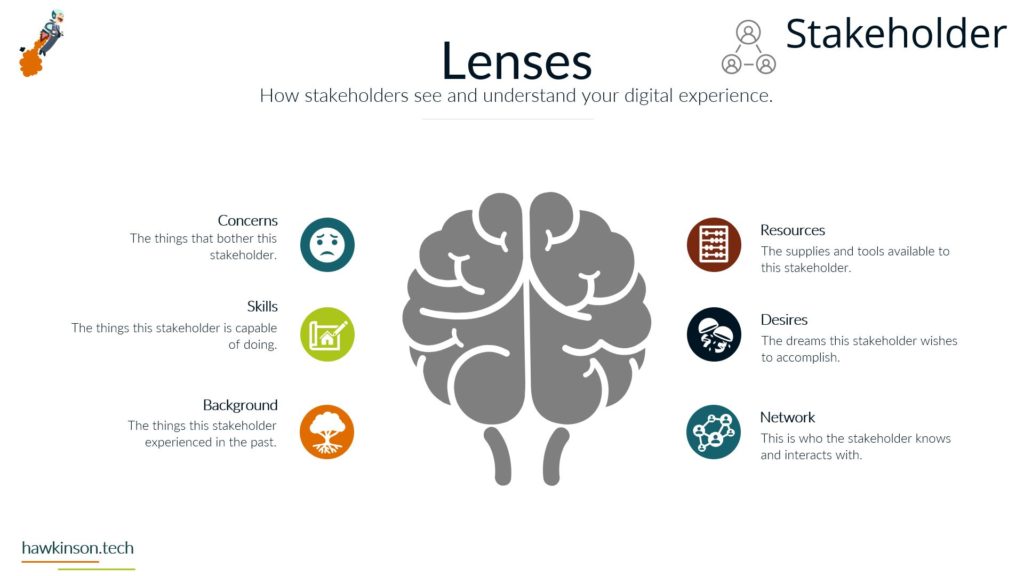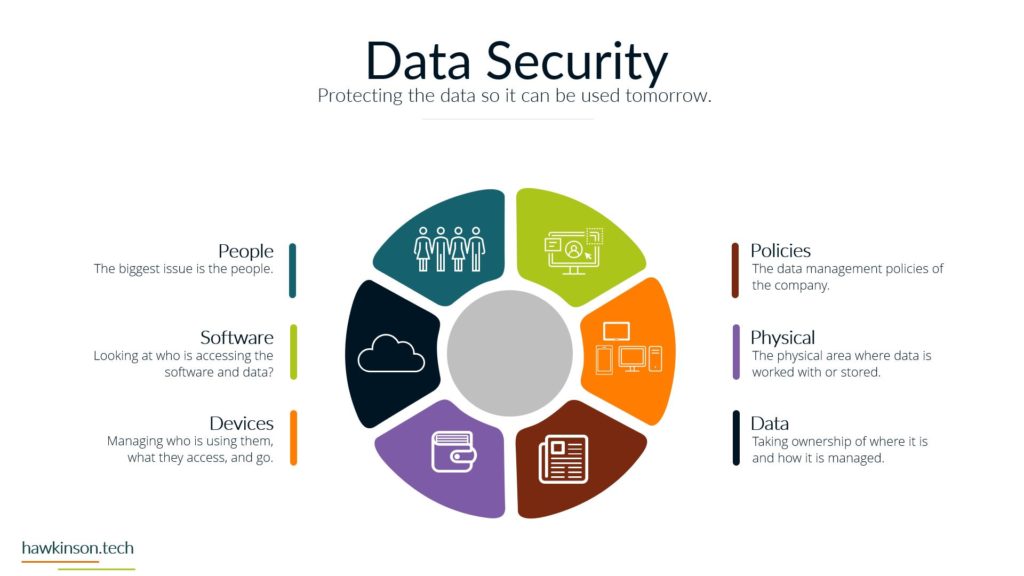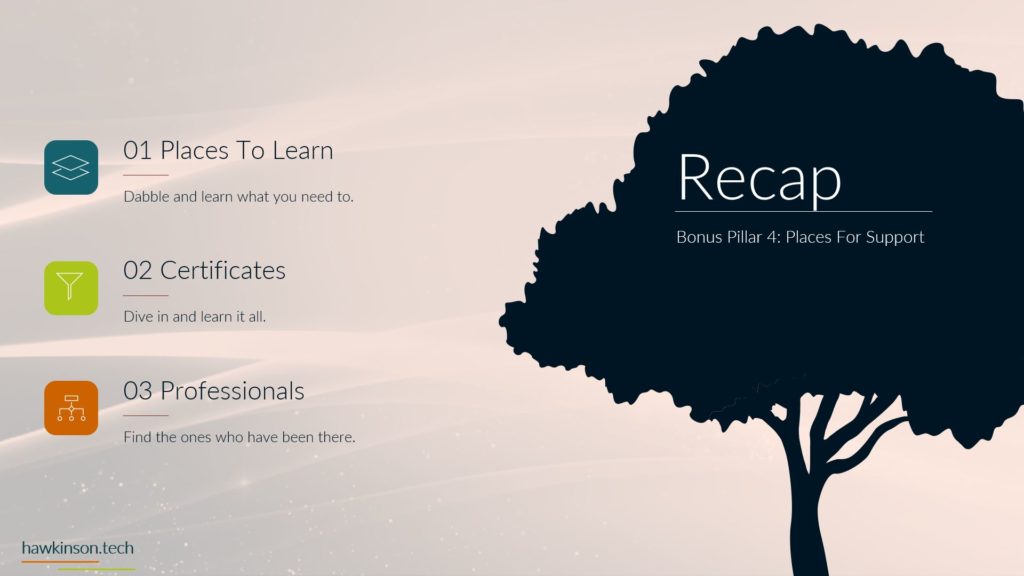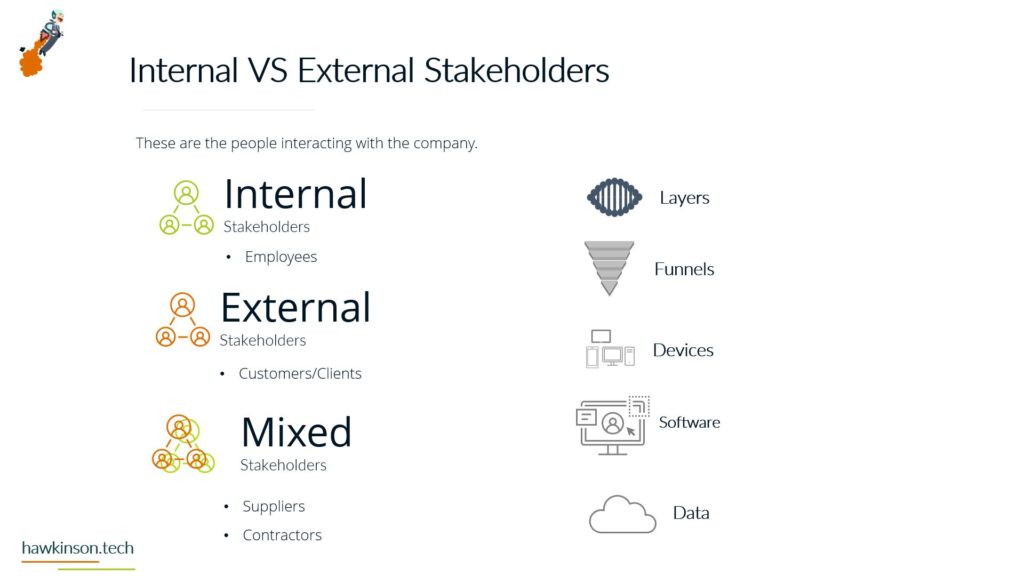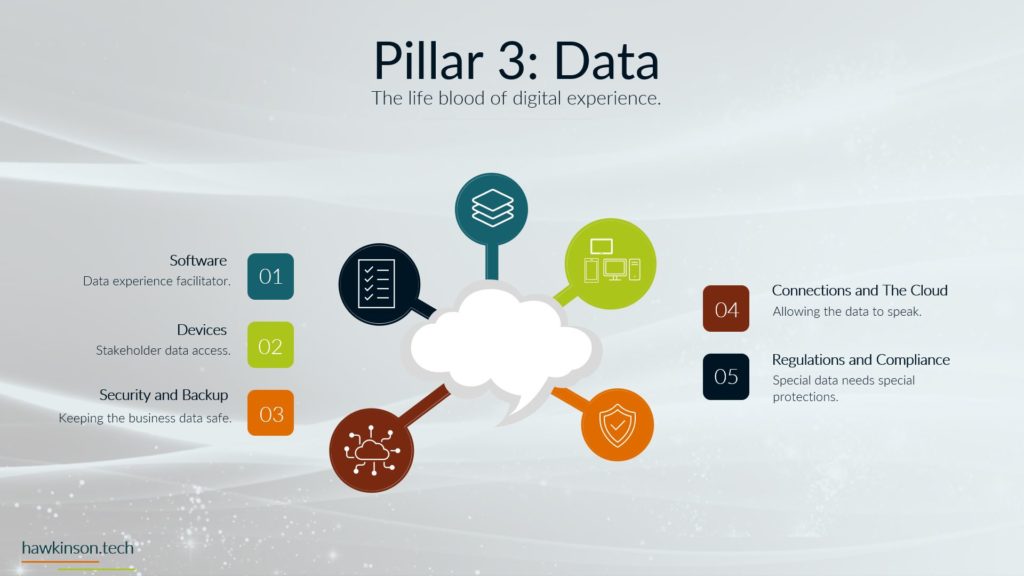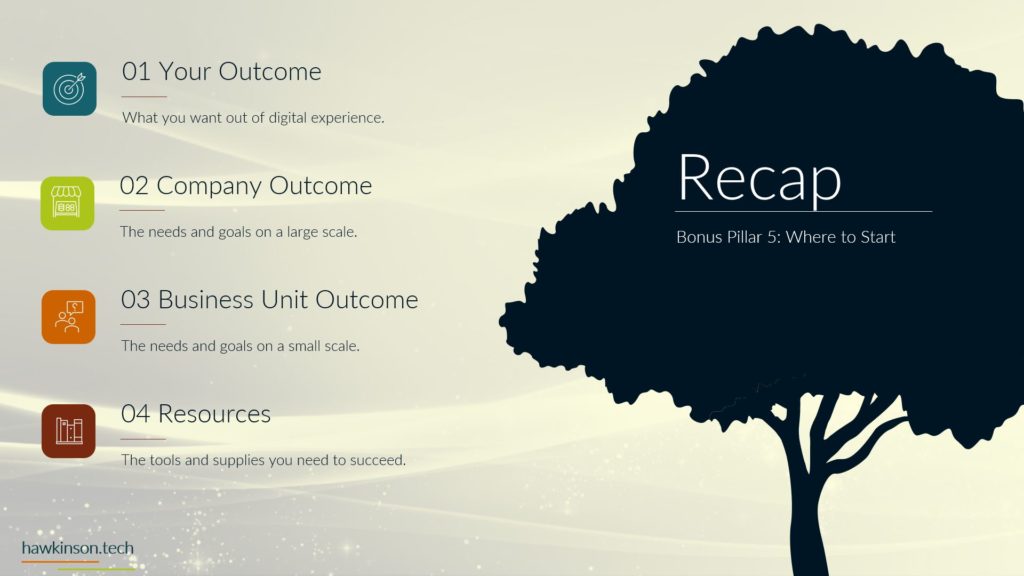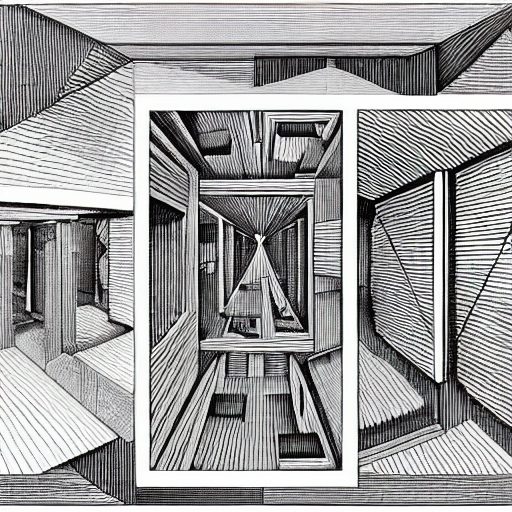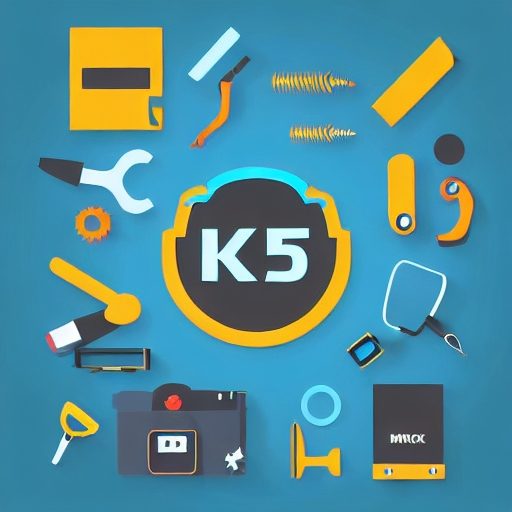This video is the first of many outlining aspects of a digital experience. I originally made this as a course but decided to release it here.
Digital Experience | Intro To Course
Follow Me Elsewhere:
Play Video
Play Video
Hi and welcome to digital experience foundations. My name is Ryan, and I’ll be your guide as we go through this course. So this course is going to cover 5 pillars on digital experience. Those five pillars are going to be a great resource for any coach, any small business owner, any executive or CEO or anybody that is essentially uncomfortable with talking about technology and how it has to do with their business. We’re going to go through all the different aspects of a business and how digital can be applied to it. So essentially, we’re going to talk about the current company. Experience something that you’re offering now and we’re just going to look at it through applying technology. So as you know, there’s various components that can provide your business. One of the biggest one is the stakeholders. I mean, what would a business be without any of the people. So in this case, we’re going to talk about the internal and external stakeholders. So we’re going to talk about internal users, people like the employees, for example. And then we’ll talk about external users, which will more than likely be customers, but we’ll also talk about things like suppliers and contractors, which tend to have a mixed relationship with the company and also tend to have a vastly different. Experience, nothing right or wrong with that. It’s just the difference in the business processes that they are related to bring them into different relationships, which bring about different experiences with the organization. Next, we’re going to talk about the phases of an organization. The phases are a, the phases are essentially layers with the phases. We’re looking at all of the different kind of steps, the different way that the steps go into layers, the way that the layers build into different phases. And stages of the organization. Next, after looking at the phases, we’ll go through and look at the data in the organization. You see The thing is, is in an experience and especially in a digital experience is there’s information. And in a normal company experience, we would see that just in doing surveys maybe or just biofeedback and looking at the way that people are interacting with various employees in the organization. But now we have the ability to look at a lot of that behavior through data. And sure, we might not have the nuances of, you know, this is exactly how this person was feeling to a degree. We can capture, you know, different pieces of data that could give us an idea of what’s going on depending on what we’re allowed to capture. But data is the lifeblood of the entire experience itself. You see, we have the people that are allowing us to create and Foster and keep the experience going. And also who the experience is for in general. And then by looking at the data, we’re able to look at some of the underlying artifacts of the experience that allow us to do things like enhance it or modify it. I know I’m going on a tangent, but there’s quite a bit that we’ll talk about with the data itself. It’s a very important aspect. Next, we’re going to go through two bonus pillars and talk about how they apply to the digital experience. So we’ll talk about ways that you can go through and get started with digital. Experience, we’ll talk about how you can get started and we’ll also look at some various ways that you can get started and where you can get started. And with that you’ll have a very great understanding of what digital experience is and how it pertains to a company experience. So with that let’s go ahead and get started before jumping into the pillars we are going to go through and talk about just an introduction into company experience itself and then we’ll. With that introduction to go through and talk about these different pillars and you’ll have a much better understanding of how they relate to one another. Once we’re done with the section, then you can go through and look at the reflection and the digital experience matrix in order to start applying some of these things to your business and the situation that you’re in.
Related Content
More Content
Gain insights into the pivotal role of stakeholder perspectives in shaping digital experiences. Understand the significance of stakeholders’ concerns, skills, backgrounds, resources, desires, and networks in designing effective digital interactions. Tailoring digital experiences to align with
Are you searching for a hosting provider and need help deciding which things to focus on in your search? Check out this post for all the things you should look for in a hosting provider.
Read here to learn more about the world of email marketing, the email marketing definition, types of email marketing, its key concepts, benefits, and more.
Web content encompasses a range of post types to improve traffic. Hence, you must learn how to add custom post types to WordPress. Read here to find out.
Discover why email marketing is essential for small businesses. Learn about the advantages of direct access to your audience’s inbox, cost-effectiveness, and the power of personalized content. Get tips on focusing on the quality of your
Content Management System (CMS) is like a Swiss Army Knife for your website. It can help you easily manage your website content, ensuring it looks great and runs smoothly. You never have to worry about getting
By implementing a CRM system, businesses can gain a competitive advantage by improving customer acquisition and relationship management processes. This article will explore the benefits and importance of CRM in these critical areas.
